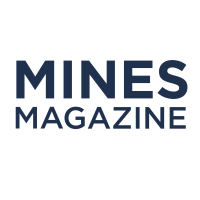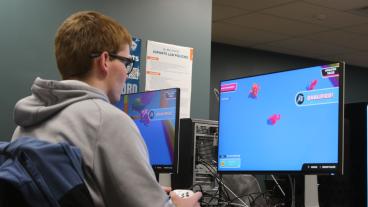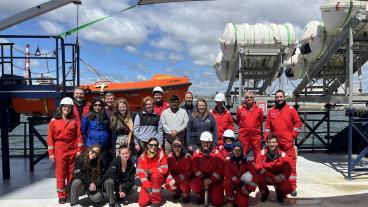Mines researchers prioritize responsibility with carbon capture and storage
A regional carbon storage hub near Pueblo, Colorado, works with local stakeholders to find emissions solutions
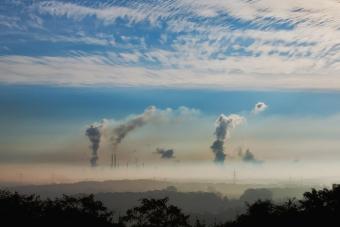
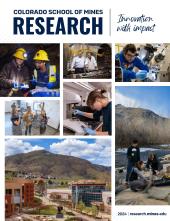
The area around Pueblo, Colorado, has been the industrial heart of the state for more than a century. But the industries in this area are carbon intensive. Regional cement and steel manufacturing operations release nearly a million metric tons of carbon into the atmosphere every year.
A team of Mines researchers are working in partnership with local stakeholders to curb these emissions in southern Colorado—and provide a model for similar efforts across the nation as states aim to meet greenhouse gas reduction goals and work toward a net-zero carbon future.
The team, co-led by Manika Prasad, director of the Mines Carbon Capture, Utilization and Storage Innovation Center, was awarded a $32 million award from the Department of Energy to develop a carbon capture and storage system in collaboration with Carbon America, Los Alamos National Laboratory and Seismic Science LLC.
“We observe a correlation between elevated levels of carbon dioxide and rising temperatures associated with a warming planet,” said Prasad. “This project is one of the ways we can try and mitigate those effects. It’s not the full solution, but we need to address the existing elevated amounts of carbon dioxide in the atmosphere, and carbon storage is the most viable method for reducing the large volume of carbon dioxide while simultaneously reducing current emissions.”
The project, known as CarbonSAFE Eos, is one of nine included in a $242 million nationwide investment into large-scale, commercial carbon storage projects that can potentially hold at least 50 million metric tons of carbon dioxide deep underground.
Ultimately, CarbonSAFE Eos could include using a groundbreaking cryogenic carbon capture system that catches and compresses industrial gases before they reach the atmosphere. The captured pollutants are then cooled to extremely low temperatures so they can be separated from the air and stored beneath the Earth’s surface.
Before putting any carbon dioxide in the ground, the researchers’ main goal will be to study the site to ensure the capacity, stability and security of the potential storage system. The team must first prove that the site won’t leak carbon dioxide into the atmosphere and surrounding areas and that it won’t harm the surrounding ecosystem and local communities.
The project also prioritizes a second, equally important goal: soliciting and incorporating community feedback into the project’s design and implementation to ensure a potential carbon capture and storage hub has local approval—and supports sustainable economic and social development goals. The project will contribute to ongoing efforts byPueblo residents to envision their energy future.
Jessica Smith, professor of engineering, design and society, is spearheading the community aspect of CarbonSAFE Eos and is excited about the potential to have local stakeholders play a meaningful role in the project, which could become a new model for these kinds of projects, she said.
“Often, with technology-focused research projects, the social element can become an afterthought,” she explained. “But in this project, it really isn’t. Determining whether a carbon capture and sequestration ecosystem makes sense for this part of Southern Colorado is not just a question of whether it’s technically feasible but also if it’s socially acceptable.”
Both Prasad and Smith stress that the collaborative spirit at Mines is positioning this group to make important progress on carbon reduction efforts.
“We work as a team at Mines and focus on the shared objective over our individual egos,” said Prasad.
Smith added, “It’s a real joy to learn from each other and to each contribute our expertise to make this project robust.”

